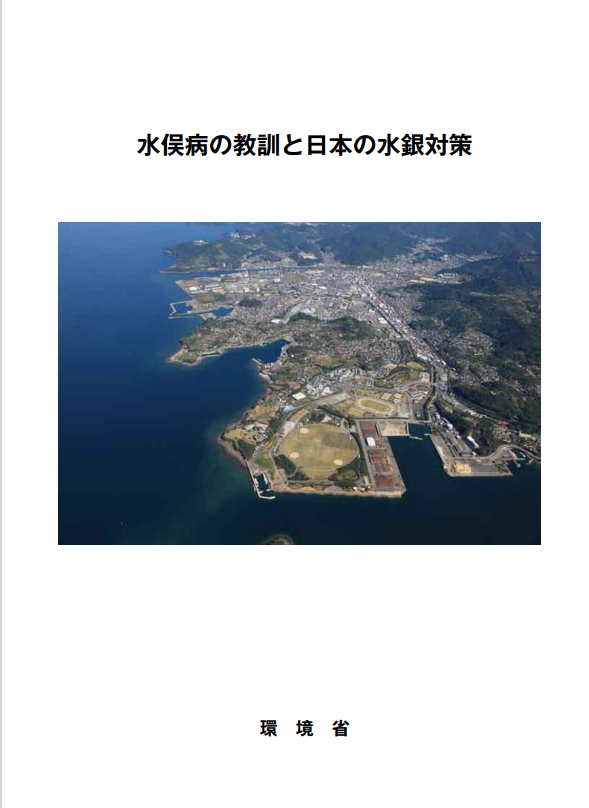The 9th meeting of the Michiko Ishimure reading group was held on 26 October, 2020 at 3 p.m.
Masahisa Suzuki, Ching-yuen Cheung, Maki Sato, Hanako Takayama, Akihiro Miyata, Ryohei Tatebe, and Mizuki Uno participated in this session. Maki Sato was in charge of the presentation, and she chose the following supplemental articles for our second reading of the third part of Paradise in the Sea of Sorrow (Kugai Judo).
・宇井純『公害原論』(亜紀書房、2006年)
・Jean-Luc Nancy, The Inoperative Community (1991) University of Minnesota Press
・山脇直司『公共哲学とは何か』(ちくま新書、2004年)
・環境省資料及び年表

From the angle of environmental philosophy, which is her specialty, she questioned again the significance of Ishimure’s text in comparison with the large accumulation of public documents, which Ishimure was unable to view, and other research on Minamata disease.
Firstly, she showed us her own agenda for reading Paradise in the Sea of Sorrow :
- Perceive what is written in the text as the bare facts.
- Review the public documents because Kugai Jodo is just a description from Ishimure’s point of view between patients and Chisso.
- 3. From the viewpoint of environmental philosophy, try to bring out the universal based on the individual and concrete relation between Ishimure and particular patients.
Following the above agenda, she paid particular attention to the various levels of divisions, conflicts, and conditions in the third part of Kugai Jodo. Contrary to the first part which described a simple binary conflict between Chisso and patients, complicated divisions and conflicts even amongst the patients and supporters themselves appear in the third part. There also seems to be an ambivalent aspect of keeping distant from patients and people in the movement in Ishimure’s writing.
Furthermore, Maki raised the impossibility of resolving such conflicts and divisions because they are based on nostalgia for a life and dignity damaged beyond repair. She also raised the issue of miscommunication among Chisso, doctors, governments, and patients, the problem of the disappearance of the public sphere because of egoism, and the difference between sorrow / anger and pity / sympathy.
Facing this human helplessness and reflecting on the meaning of insertions of Christian or Buddhist phrases in Kugai Jodo, she referred to the inoperative community by Jean-Luc Nancy. According to her, the inoperative community appears when a certain truth collapses and we try to redefine it together. She implied that is relevant to Ishimure’s idea about community without sharing the attitude toward Chisso.
Lastly, referring to Kogai Genron by Jun Ui, she explained the various aspects of public nuisances and what to do after a public nuisance happens, namely, find the cause, assign the cause, answer the charge, come to composition. She also explained her own solution: thorough prevention, openness of information, fair approach (reconstruction of public space), dialogue, and knowledge to live better (caritas, Philip, care, 仁 jin).
In the discussion, the similarity of Nancy and Ishimure was pointed out because in both cases communication and dialogue would be possible not by sharing one ideal but rather by parting from a shared ideal. Moreover, Nancy’s moment of sharing sorrow —we could share the sorrow of the impossibility of sharing the sorrow — also turned out to be the same as in Ishimure’s divisional texts.
It was also discussed that the knowledge of antipollution and environmental problems might discourage the act of reading Ishimure’ text. In reaction to this, the question of how to think about the dead or silent patients with whom we cannot communicate was raised. Ishimure’s writing is relevant to exactly this question, and we talked again about the necessity of a story which cannot be included in the public documents.
The question about the definition of universality when we say the transition from individuality and concreteness to universality was also raised. Maki responded that it is to think about the best applicable solution in real life. She declared the necessity of shifting from What to How. That was a closing reminder to reconsider the attitude of academic people.
In this session, in the context outside of Ishimure, we got good opportunities to reconsider what kind of experience our wandering with Ishimure’s text realized. We would like to continue this style of our reading group, which consists of very different participants.
Reported by Mizuki Uno (EAA Project Research Fellow)
Translated by Hanako Takayama (EAA Project Assistant Professor)








